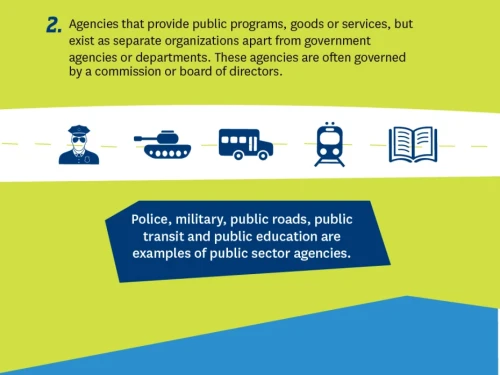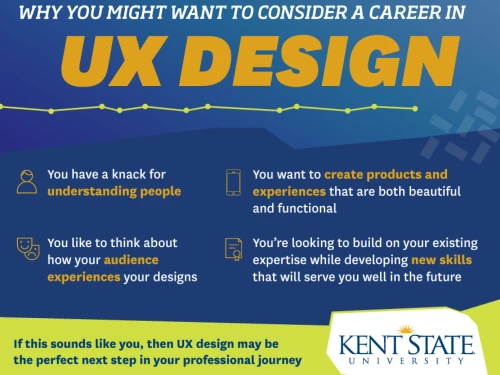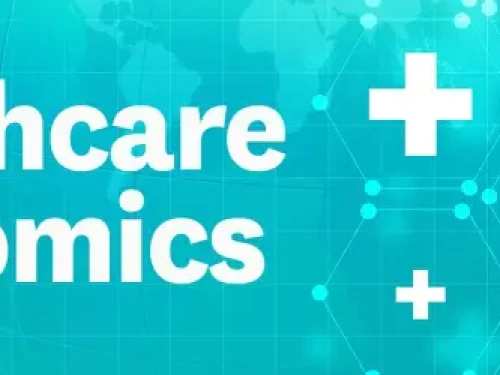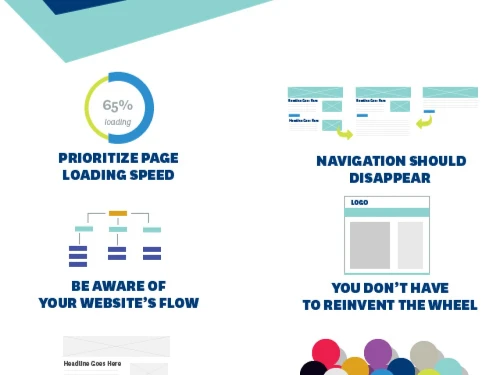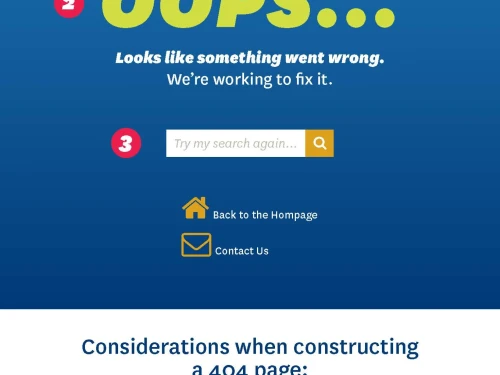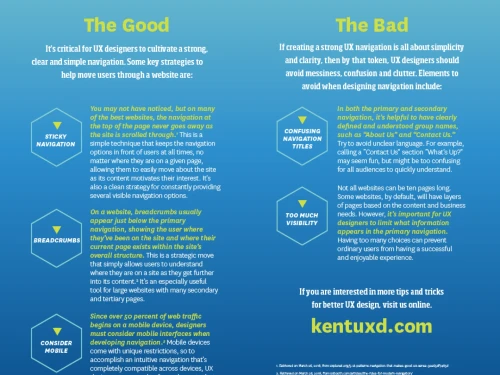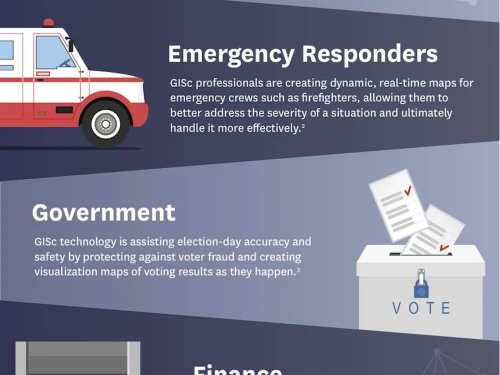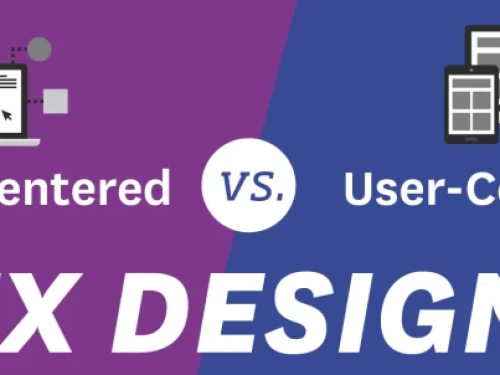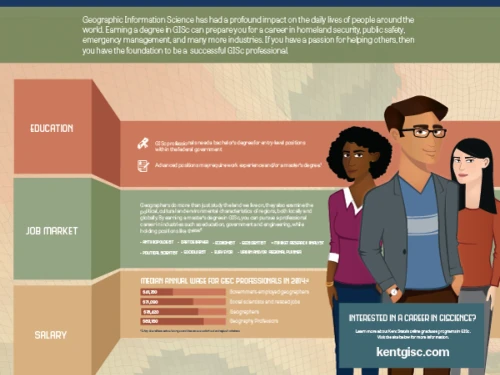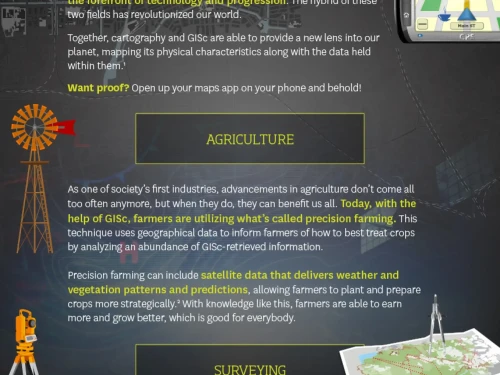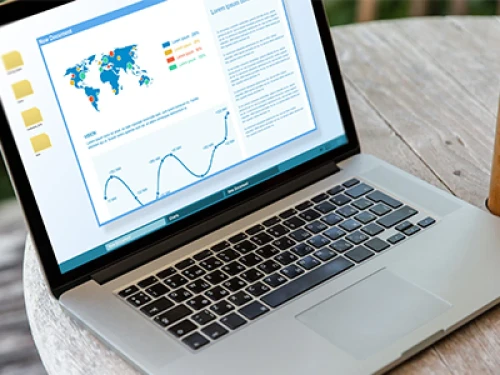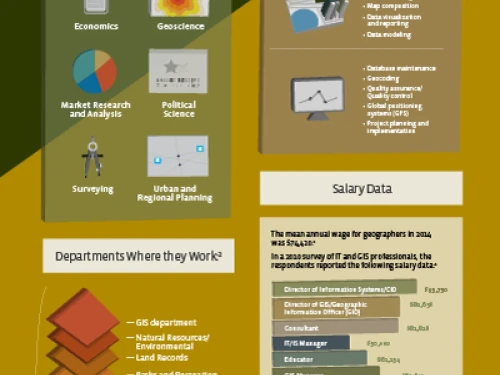Career
Explore career opportunities and educational insights with Kent State’s blogs. Discover inspiring faculty profiles, cutting-edge programs, and career guidance across fields like education, public health, technology, and more. Learn how Kent State’s programs prepare students for impactful careers through expert knowledge and innovative approaches.
Related Blog Posts
Whether you currently work in law enforcement or are seeking a new career that will allow you to fight crime and protect your community, becoming a criminal investigator can open a range of challenging and satisfying paths. Being a criminal investigator allows you to operate independently, solve problems, and give back to the community. The role of a criminal investigator can take several different forms, often as detectives or crime scene investigators. However, all criminal investigators share common responsibilities: they collect evidence, interview individuals who are related to a case and testify about their cases in court.1
If you’re wondering how to become a UX designer after years working in another field, Kent State University alum Brian Parsons, MS ’18, has one piece of advice: “Take on any roles you can with a UX-related title in them, even if it’s volunteering.”
Ken Slenkovich is the assistant dean of Kent State University’s College of Public Health and program director for the school’s online Master of Public Health program. Leveraging his diverse experience as a public health professional, with research endeavors that have focused on the operations of local health departments and community health needs assessment methodologies, Asst. Dean Slenkovich has helped to elevate and enrich our nationally celebrated online MPH program, even authoring an award-winning course for the program.1
Public health careers appeal to different people for different reasons, just as certain universities make more sense for certain individuals. The university you choose should be a conduit through which you can achieve your aspirations, and there are many factors to consider in the selection process. For some the most important of these may be prestige, while others may weigh connections or affordability more heavily.
Geographic information science (GISc) has numerous applications in fields ranging from emergency response and agriculture to finance and real estate, and with GISc jobs set to increase by 14% by 2026,1 a master’s in GISc and a solid understanding of how to apply geographic information systems (GIS) could be what sets you apart in this growing field.
Part of finding the perfect UX design career is building an awesome portfolio. Below, we’ve provided five easy steps to help you develop a portfolio that is sure to turn heads, helping to give you and your career the opportunity to excel.
As user experience (UX) designers consider their long-term career goals, some assume that management is the obvious next step. It’s true that the best managers usually have a background in the field they manage. But management also requires skills for which designers aren’t often trained, including leadership, time management, budgeting and interpersonal skills. Not every talented designer is a good fit as a manager, but for the right person, UX design management can be an immensely rewarding and satisfying career path.
In the world of public administration, there are frequent references to the “public sector.” But what exactly is the public sector? And why does it require such careful attention and monitoring by public officials? Broadly speaking, the public sector refers to any part of a state or national economy that is tied to public programs or services and is controlled by the government.
An increased emphasis on interaction with digital platforms in the contemporary world means new career paths for creatives working in digital fields—especially those whose skills lend themselves to user experience (UX) design and development. If you’re a graphic designer thinking about a career change, consider making the switch to UX design.
If “public health” refers to caring for the collective health of a population, then “public health economics” is the science of how a society takes on and manages this responsibility with limited resources. Public health policy is broad: While some of it does focus directly on healthcare, other areas as disparate as environmental protection, individual habit change and infectious disease control all contribute to the economics of public health.1 Studies indicate that there are economic benefits to preventing disease, not just for sick individuals, but for society at large.
Good user experience (UX) is good business. The average American internet user spends nearly 24 hours per week on the internet, and best practices in UX design have become crucial not only to success online, but also in the physical world, where online brand and service experiences carry over into other real-time interactions.1 But since the internet is where we largely work, study, socialize and shop today, implementing proven UX design principles can make the difference between successfully engaging users and losing them to competing sites and services.
Evidence-based public health interventions have saved millions of lives since 1854, when Dr. John Snow first identified a public water well as the source of a major cholera outbreak in London. In the decades since, public health interventions have been instrumental in improving the health and well-being of people in large and small communities.1
Nobody likes a 404 page. It’s never the page you were trying to find, and it’s usually not your fault that you ended up there. Standard error messages can be inscrutable, and the typically austere 404 page itself can disconnect the user from the overall site experience, which can sour them to your site and even your brand. So how do you create a 404 page that is dynamic, that easily redirects the user back to the content they want and that’s even a little bit fun?
When a website is excellently designed, we tend not to pay attention to the reasons why it’s so great—we simply enjoy it. On the other hand, if a website is difficult to use or frustrating, we’re more likely to take note of exactly what is making our experience so bad. This phenomenon has a name: It’s called the negativity bias, and simply put, it’s the sociological explanation for why we’re more likely to notice a negative experience than a positive one.1 It turns out that negative experiences require more thought for us to process, as they take us away from the experience we expected and demand a shift or adjustment in our thinking and action.2 Unsurprisingly, these moments are more likely to stick with us than a moment that went perfectly according to plan.
There’s an old adage nearly everyone’s heard: “Work a job you love, and you’ll never work a day in your life.” As true as this sentiment may be, the facts about employment suggest that a majority of people are not working jobs they love. In fact, far from it.
Today’s interactive designers are tasked with consistently achieving something more than aesthetically striking creative. In today’s marketplace, digital media is king—and the evolving need for digital marketing is far more complex than that of more traditional marketing channels. Designers must consider the different journeys being undertaken by those for whom they are designing. They must design with the knowledge that 30 percent of all commerce is conducted on a mobile phone and let the platform a person may be using inform their work.1
The experience one has when interacting with technology is fundamentally human. Our digital lives—from navigating a tablet to paying at a bank kiosk—have become so ubiquitous, interwoven and essential to the way we interact with the world and others, that it’s almost hard to remember what life was like before these technologies existed. Simply put, we depend on technology to move our lives forward. It plays a critical role in our individual storylines as well as our collective narrative.
Click on the image below to explore all of the aspects of a GIS career with our new infographic. Read up on the job market, education requirements and salary expectations for a GIScience professional.
Today, when a person explains that they work as a user experience (UX) designer, chances are that more people understand what that means than they would have a decade earlier.1 As technology and innovation become more and more interwoven into the fabric of business, UX design is becoming an increasingly ubiquitous function.
Websites, eCommerce sites, email campaigns, eReaders, mobile apps and more—if you’ve used a screen or a keyboard lately, you’ve touched the work of someone with a job in user experience design (UXD).
As history marches forward, certain technologies are inevitably left behind in favor of what’s most beneficial to society in the moment or in the future. While leaving behind what’s no longer beneficial is important to technology and innovation, it also renders certain industries and careers as outdated—no matter how important they may have been at one time.
The geographic information science (GISc) field is a diverse and rapidly growing industry in which some roles are projected to grow by 14% by 2026,1 which makes the role of a GISc technician all the more vital. As we watch natural disasters unfold and the effects of human interference take shape on our planet, the need for GISc expertise and spatial technology prowess is featured daily, worldwide. Additional GISc experience can help environmental protection professionals make significant impacts in solving major global crises like water resources or climate change.
Like many, you may be interested in user experience design (UXD) as a concept. Yet, you may be in a different field and unable to see a clear connection of how your career could ever transition into UX design.
What makes someone a repeat visitor to a website or motivates them to share it with their networks via social channels? There isn’t one correct answer to either of these questions, because there is a multi-layered, strategic approach to attracting and converting people into frequent visitors. Generally speaking, the best way to achieve this goal is to provide the site audience with valuable, relevant content.
So you’re a UXD professional tasked with building a website for a client that will not only draw people in, but keep them clicking around on the digital property for as long as possible. You’re aware that the Internet has caused people to consume vast amounts of information simultaneously, and a byproduct of this is that your site visitors have extremely short attention spans.
Incorporating video and a well-written, frequently updated blog can help attract the attention of consumers and potentially convert them into viable leads. Having a website that leverages social media integration can also help raise visibility and boost traffic.
A Master of Public Administration (MPA) degree helps prepare administrative professionals for advanced positions within the public sector, government and nonprofit organizations. Explore the infographic below to learn how an MPA can help pave the way to more senior job opportunities.
Since you made it to this post, you’ve most likely heard of user experience design (UXD). You may even have a clear understanding of what it means already. For those who don’t, however, a UX designer is a person who works to make a platform or product as user-friendly, enjoyable and useful as possible for end users. This involves seamlessly integrating digital systems and technology into both traditional products and new, innovative products.
It’s no secret that we live in a digital world. The Internet has forever shifted the way that we listen to music, watch videos, read the news and connect with people from all over the world. When it comes to marketing and advertising, brands often try to make an impact with consumers using a variety of media, while hosting them all on a single website.








